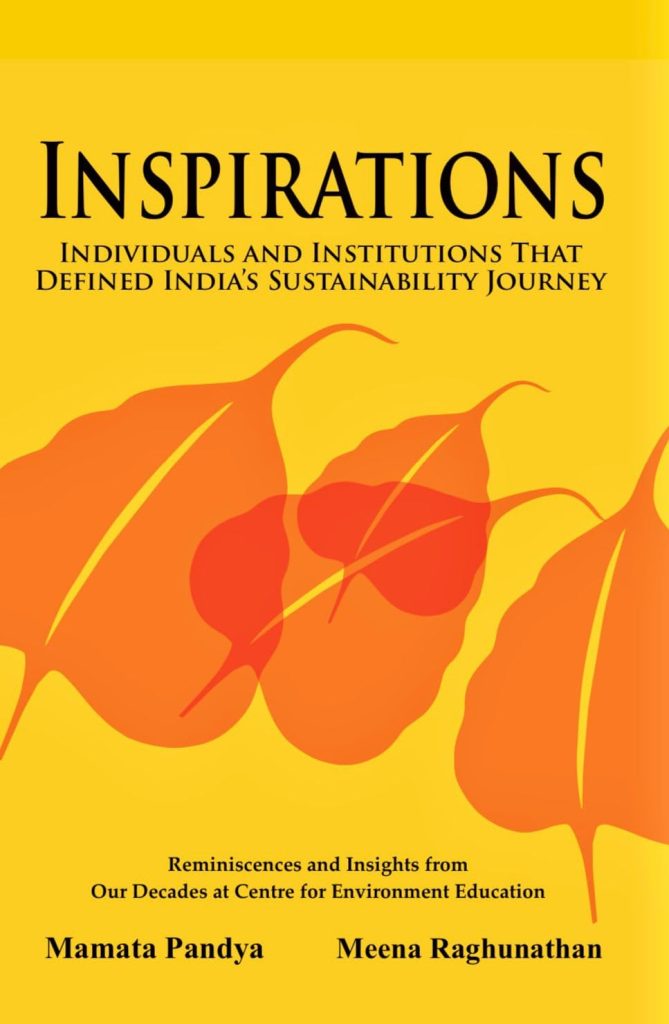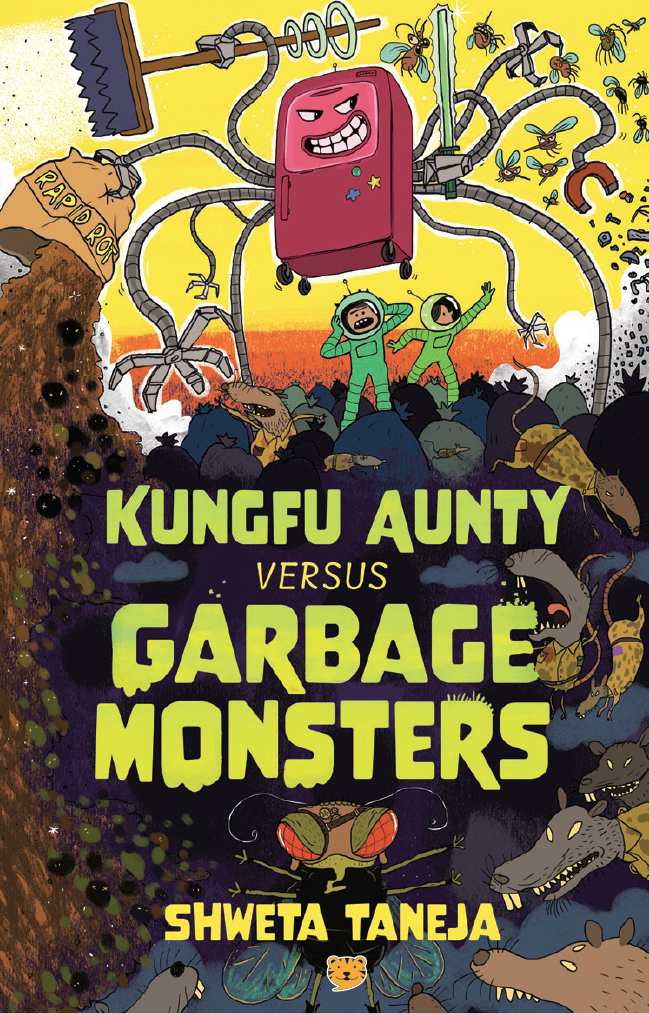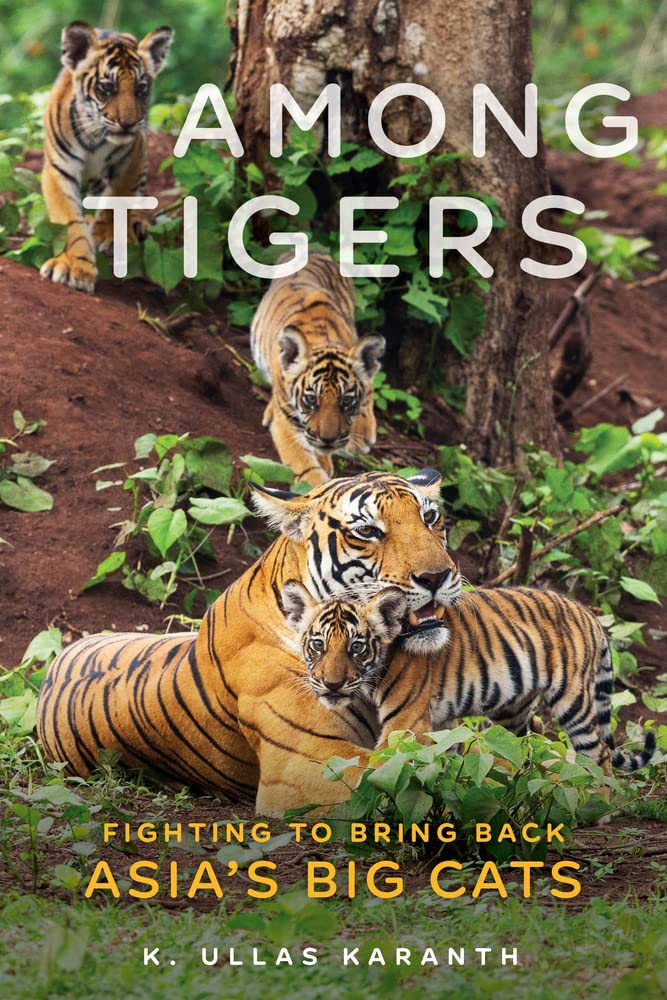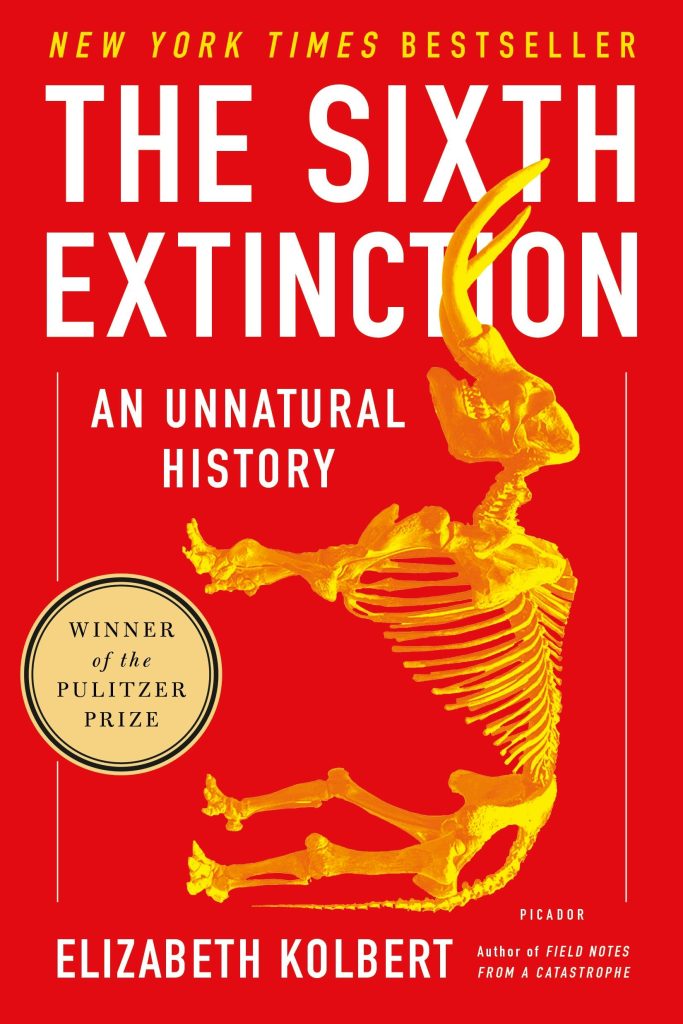THIS BOOK ON CONSERVATION ISSUES CONCERNING MIGRANT BIRDS IN THE AMERICAS IS ONE FOR THE COLLECTION.
With this book, Bridget Stutchbury, ornithologist and currently professor at York University, Toronto, has made an important contribution to the popular science literature on birds of the New World. The focus is on the many bird species that are suffering long-term declines in their populations, especially neotropical migrant songbirds that breed in North America and spend the ‘winter’ (or more accurately, the nonbreeding season) in Central and South America.
In nine chapters, Stutchbury leads the reader through key conservation issues affecting these birds in the breeding and non-breeding range. Some are very familiar to readers of the neotropical migrant bird literature: habitat loss and fragmentation at both ends of the range, brood parasitism by cowbirds and predation by feral cats in the breeding grounds, problems for migrants en route in stopover sites, and the conservation value of countryside and secondary habitats for birds, including shade coffee plantations in the south and the forests regenerating on abandoned agricultural land in the north. All of these have spawned a great deal of scientific literature and attention, particularly since the early 1990s. Two notable earlier books that brought to the fore the emerging concerns, including the alarming problems faced by neotropical migrant birds, were John Terborgh’s 1989 book ‘Where Have All the Birds Gone?: Essays on the Biology and Conservation of Birds That Migrate to the American Tropics’ and Scott Weidensaul’s 1999 popular overview of the ecology of migrant birds ‘Living on the Wind: Across the Hemisphere with Migratory Birds.’ Stutchbury’s book is a valuable addition to this literature in two ways.
First, her book, published in 2007, brings the knowledge up-to-date, introducing some recent studies that have improved or changed our understanding, for instance, studies on stopover ecology and edge effects. In addition, she describes some issues at greater depth, paying more attention than the earlier books on the subject. For instance, Chapter 6 on the ongoing scourge of pesticides is timely, evoking the awareness that even 50 years after Rachel Carson’s ground-breaking book ‘Silent Spring’, the environmental problems created by pesticides remain as serious, if not more, today. Even as some of the persistent organic pollutants, such as the organochlorines (OC) including DDT have been banned or reduced in several countries, new and more potent chemicals such as organophosphates and carbamates have taken hold. While some of these may not accumulate like the more persistent chemicals, they are more toxic at smaller doses to organisms in the environment (e.g., deadly organophosphates such as monocrotophos and carbamates such as carbofuran).They also affect human and animal health by disrupting hormonal or nervous systems, causing cancers, or having other detrimental effects.
Her final chapter is also interesting as it builds on the work of her students and herself, among others, on the importance of the presence of other individuals of the same species (conspecifics) for birds to establish themselves and breed successfully in habitats. Recent work on behavioural ecology, particularly related to breeding behaviour and breeding success, is described by Stutchbury, highlighting that “of paramount importance is whether or not will lead a productive social life…”. This has its own implications for conservation. As she concludes: “In terms of managing forests and landscapes to increase bird biodiversity, we have to do more than add trees and nest sites to forests. Birds need other birds; as the numbers of migrants continue to fall, this will only disrupt the mating system even more, and in turn the population decline will accelerate.”
The only aspect where the book falls a little short is in the missed opportunity to describe parallel research and findings from the Old World. The author makes passing mention of similar bird declines noticed in the UK and in the Europe–Africa migrations, but does not expand on it. Are the patterns similar, or different, and in what ways? Similarly, there is an entire chapter devoted to shade-coffee plantations and birds, which retains an exclusive New World focus.There is a significant body of work from the Old World on the conservation values of shaded plantations, home gardens and the like, with significant similarities and some key differences, which finds no mention. As in science, so in scientific communication, it seems, that each region progresses sometimes as if the other hardly exists.
Written in an easy and simple style, this is overall a good book for the shelf of anyone interested in birds and conservation. The author highlights what individuals, as conscientious consumers, can do to minimise their environmental footprint, such as by buying shade-grown coffee and organic produce, keeping bird-eating cats indoors, or turning down lights in cities during the migration season. In a few places the writing sparkles and it feels like we are accompanying her and her students on a morning walk, through the forests of Pennsylvania or Panama, watching birds and learning about their ecology and behaviour from someone who really knows them well.
TR Shankar Raman is a scientist at the Nature Conservation Foundation, Mysore. trsr@ncf-india.org





